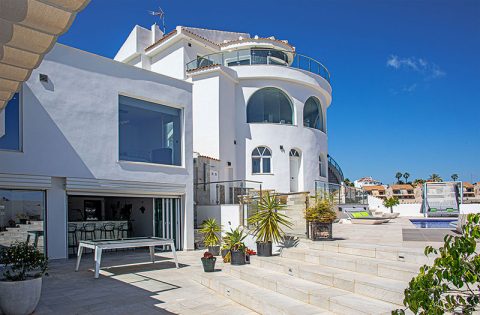Private air travel is entering into a new era of eco-friendly flying, and it couldn’t come at a better time. Private jets can often use an astronomical amount of fuel – a Boeing 747-400 jumbo jet burns through 63,000 gallons at a rate of four liters per second.
Though a relatively small contributor to global greenhouse gas emissions, private air travel is s rapidly growing sector so companies are constantly innovating and investing to mitigate their impact. With new sustainability practices in place, the taboo of private aviation is being broken, slowly but surely.
The facts – it’s not all bad!
According to statistics, the aviation industry accounts for only 2.5% of global CO2 emissions and this includes domestic flights. The main obstacle to reducing these levels is that decarbonizing technology like electric cars and renewable energy sources don’t yet exist for aviation, however, this doesn’t mean that solutions aren’t being developed and implemented.
Strategies like empty-leg flights and lower fuel consumption aircrafts mean it is now possible to charter a private jet and keep with sustainability practices.
Greener air travel
Working towards greener air travel is key to giving the climate crisis the attention it deserves. Many private aviation companies are now finding the balance between emitting carbon and absorbing it from the atmosphere using carbon neutrality strategies.
Private aviation company, VistaJet, is pledging to become carbon neutral by 2050 both on the ground and with its fleet to help drive positive change across its entire operations.
Carbon offsetting
Finding ways to compensate for CO2 emissions is a priority for the private aircraft industry and is already making great leaps. Due to their strategic partnership with South Pole and other climate change solution providers, VistaJet has already offset 847,692 tons of CO2.
Investing in carbon credits
A carbon credit is a permit that allows the emission of a specific amount of carbon dioxide or other greenhouse gases. Companies get a set amount of these carbon credits and can sell any unneeded credits to other businesses. This creates a monetary incentive to become more energy efficient as the more carbon credits the higher the operating costs.
VistaJet reports that 85% of VistaJet Members have invested in carbon credits, thereby opting to compensate for their flights and help lower emissions.
Research and development
Research and development into AI technology is the future of sustainability and already plays a big role in organisations reducing their carbon footprint. The predictive nature of AI allows provides detailed insight into emissions and forecasts future carbon emissions. As a result of ongoing investments in technology and AI, VistaJet has lowered fuel consumption by 8%.
Sustainable single-use replacements
Another impressive move forward is VistaJet’s replacement of 90% of their single-use items provided on board their aircraft. Single-use plastics have been highlighted as the fifth largest emitter of greenhouse gases in the world. Streamlining products and services to include sustainable replacements goes a long way to making private aviation companies more environmentally friendly as a whole.
Conclusively, the climate crisis is a matter that is not being taken lightly with industrial giants such as VistaJet leading the way in innovative progressions. With steps such as embracing sustainable fuels, advancing electric and hybrid aircraft technologies, optimizing aircraft design and operations, and implementing carbon offset programs, pollutant air travel will hopefully soon be a thing of the past.











